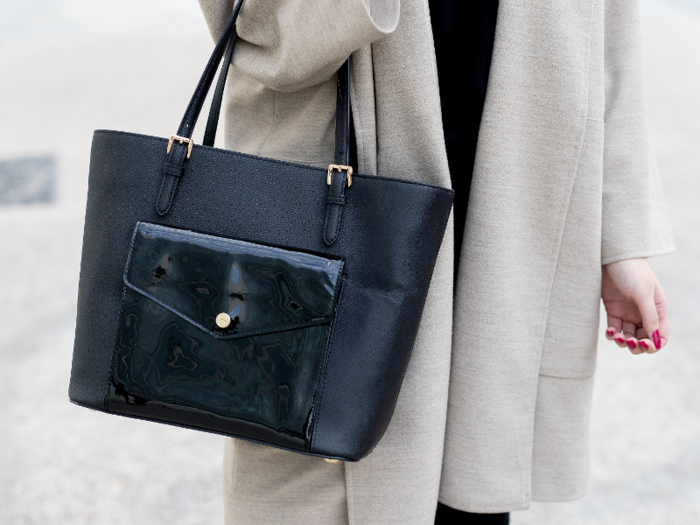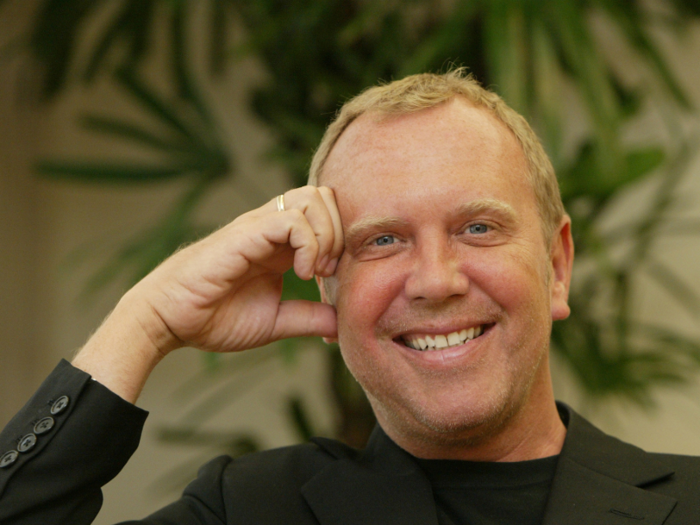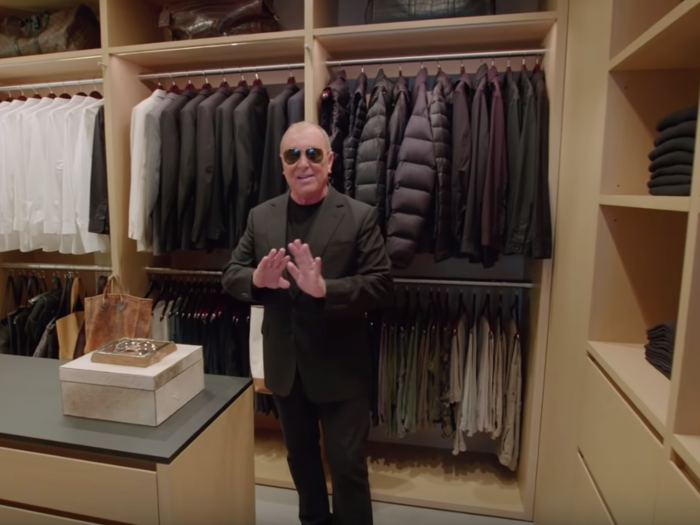- Home
- slideshows
- miscellaneous
- How fashion icon Michael Kors turned a small boutique in his mom's basement into a $5.78 billion global fashion company
How fashion icon Michael Kors turned a small boutique in his mom's basement into a $5.78 billion global fashion company
Michael Kors started designing clothes in his childhood and has since turned the passion into a global fashion empire that contributes to his current estimated net worth of $600 million as of 2018.

In December 2011, Kors took his company public. It traded under the ticker KORS and was valued at $3.5 billion.

Source: Business of Fashion, 92Y
This was the biggest ever public offer in fashion. When fashion consultant, Fern Mallis, asked Kors what he thought about the business milestone, he answered, "Keep your eye on the ball, and you do what you do, and you do it well."
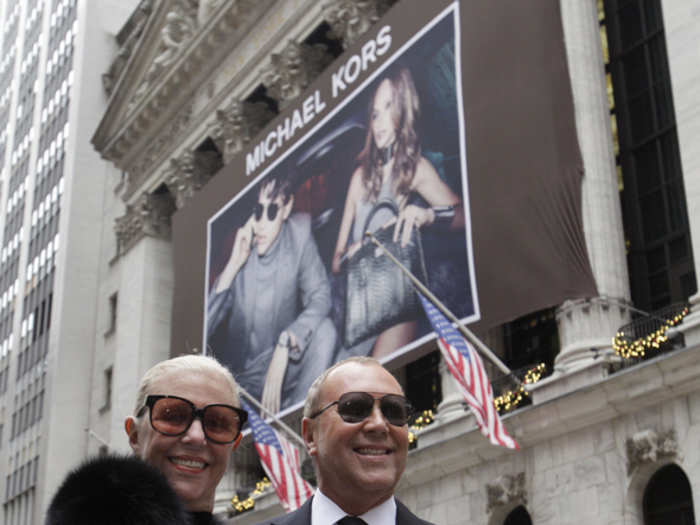
Source: 92Y
In 2018, the public Michael Kors Holdings company — which owned its namesake brand, Michael Kors ...
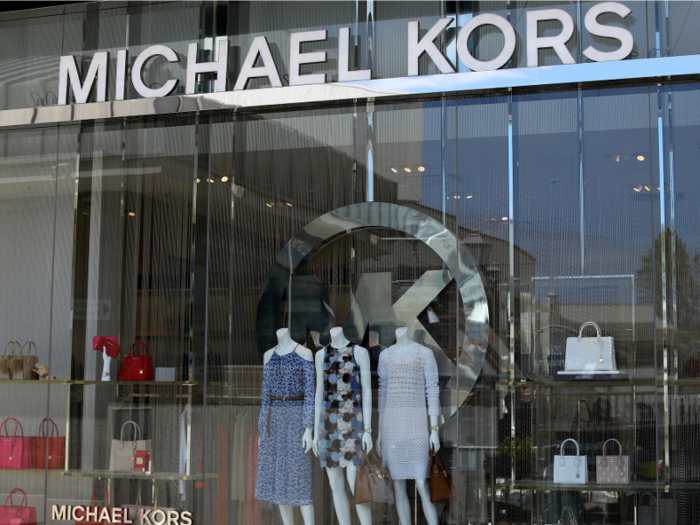
... along with luxury shoe brand Jimmy Choo ...
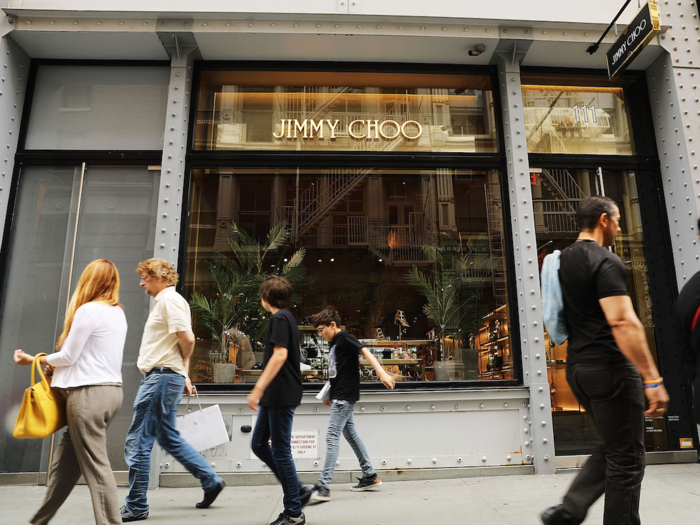
... announced a new acquisition: Versace. With this addition to its portfolio, the company changed its name to Capri Holdings.
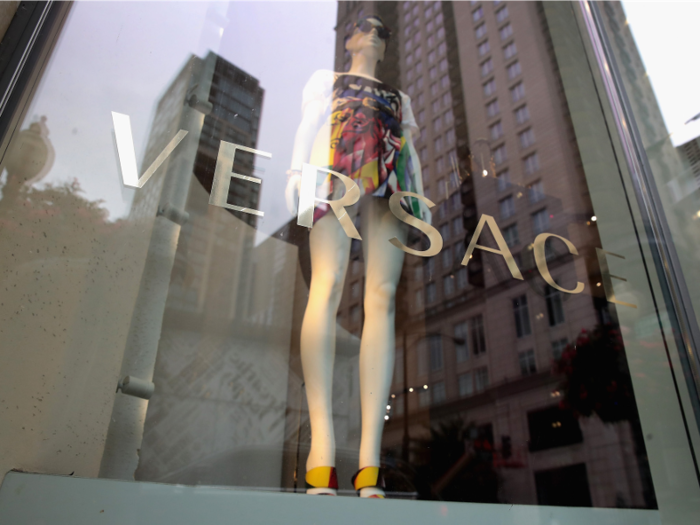
Source: Forbes
While Michael Kors is a clothing brand that has been around since 1981, it's designer has a story that dates back to 1959.

His story starts in Merrick, Long Island, where he was born Karl Anderson Jr.
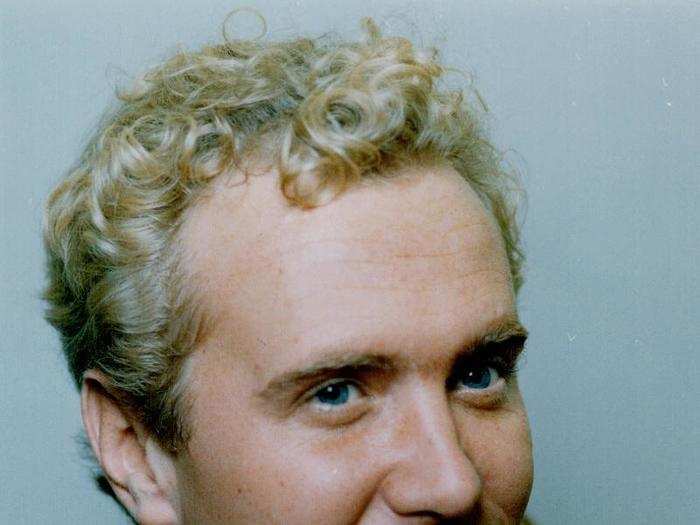
Source: Telegraph, Michael Kors
In a 1991 interview with People magazine, the designer said he changes his name when his mother married Bill Kors. "My mother said, 'You're getting a new last name, so why don't you pick a new first name?'"
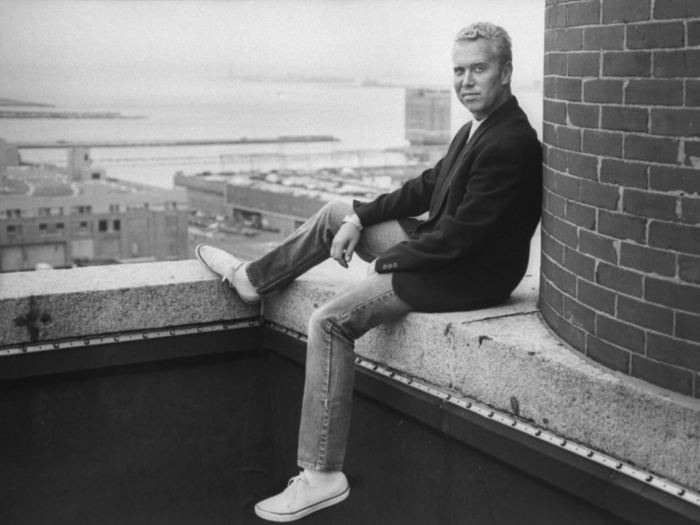
Source: Vogue UK
Kors attended Kennedy High School until 1977 when he started classes at New York City's Fashion Institute of Technology. After spending nine months at the fashion school, he left to pursue selling his own designs at Manhattan retailer, Lothar’s.
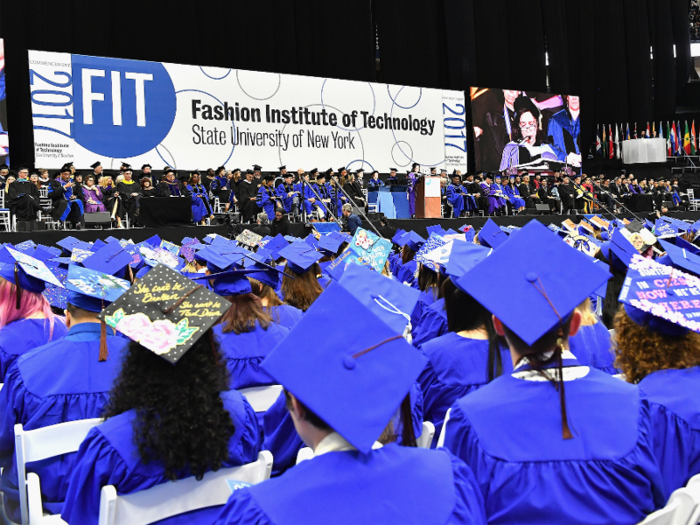
Source: Patch, Harper's Bazaar
One day, while Kors was setting up a window display at Lothar’s on 57th Street, Dawn Mello — fashion director at Bergdorf Goodman at the time — tapped on the window and asked who designed the clothes. Kors admitted they were his and Mello then helped him develop his first line that would then be sold in Bergdorf's.
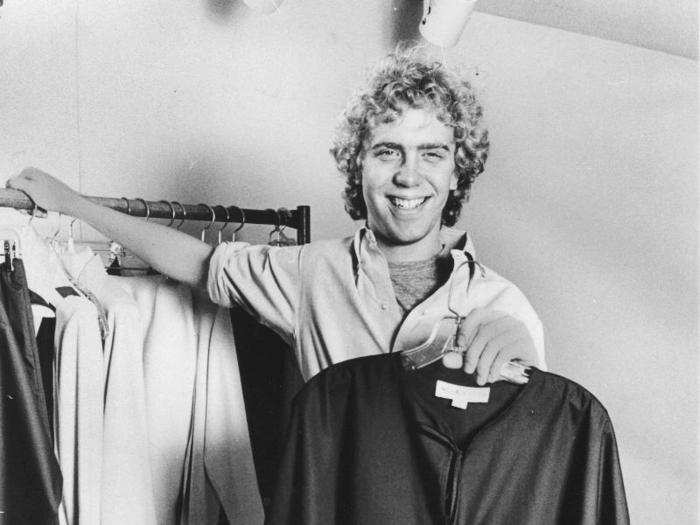
Source: Business of Fashion, Vogue, "Scatter my ashes at Bergdorf Goodman"
In 1981, Kors started his eponymous brand. He showed for the first time on a runway in 1984.
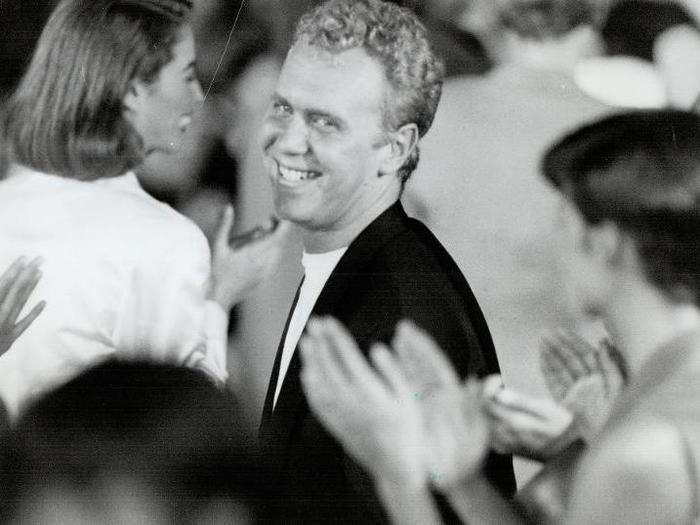
Source: Harper's Bazaar
Kors described his design aesthetic as a mix between Jackie Kennedy and Elizabeth Taylor — saying his mom, Joan, was more like the former, and his grandmother like the latter.
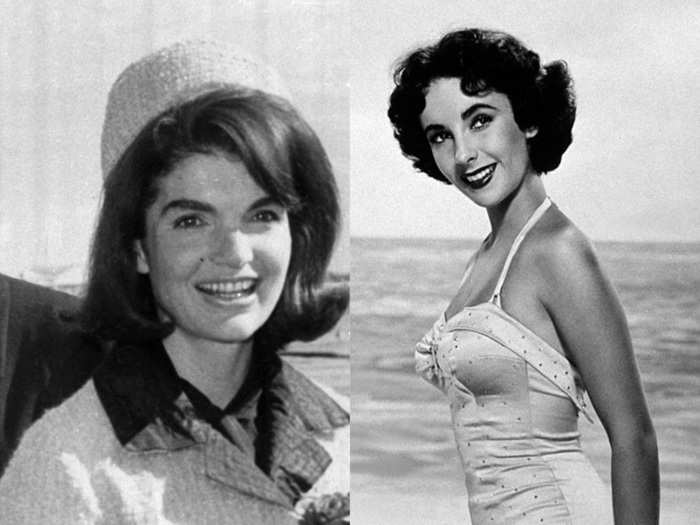
Source: 92Y
Kors said that at five years old, he redesigned his mother's wedding dress. According to his brand's website, he told her to ditch the bows for her second wedding, and she did. His mother, Joan, told ABC News that when Kors gave design advice, everyone listened.
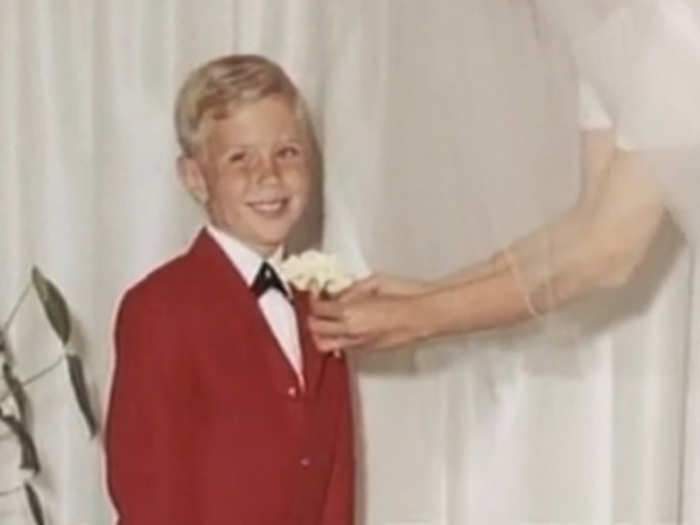
Source: Vogue, Michael Kors, ABC News
But it wasn't all praise for the budding designer growing up. He told ABC News he was bullied outside the home and called "every name in the book."
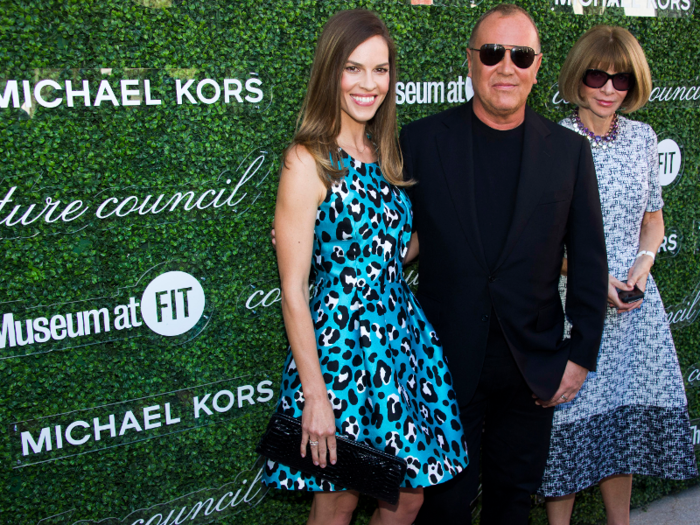
Source: ABC News
He said it was confusing for him growing up because he was so supported by his family at home, but when he wanted to sketch instead of play sports at school, the other kids ostracized him.
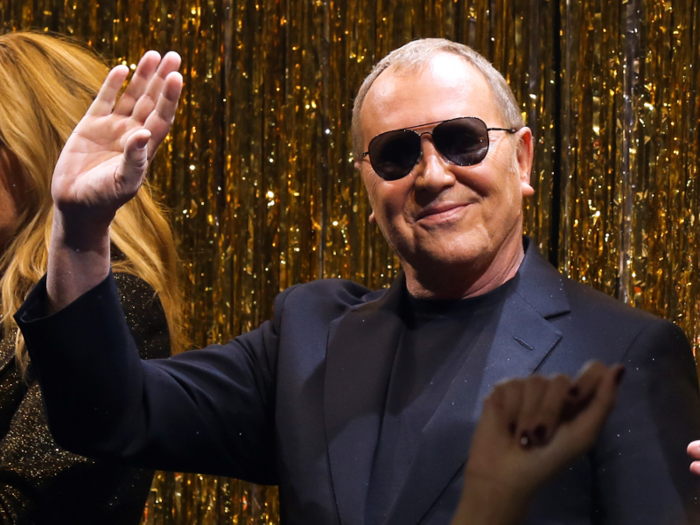
Source: ABC News
Kors told ABC News that he wants to help kids going through similar struggles. He has become involved with the It Gets Better Project and hopes to help even just one young person who's struggling and let them know, "There is a light at the end of the tunnel."

Source: It Gets Better Project, ABC News
Even in the face of bullies, Kors was true to himself and opened his first store at the age of 11. The designer told Mallis at 92Y that it was called the Iron Butterfly Boutique and it was in his mother's basement.
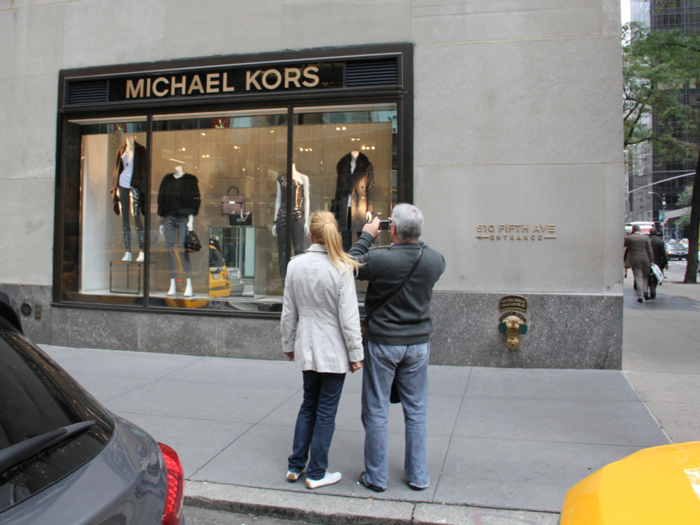
"I was very crafty," he told Mallis, "so I made fabulous candles, I made whip-stitched leather bags, I made hammered copper bracelets ... I set the whole thing up in the basement of our house in the suburbs, and I invited all the kids from the neighborhood to come over and I sold everything in like a week."
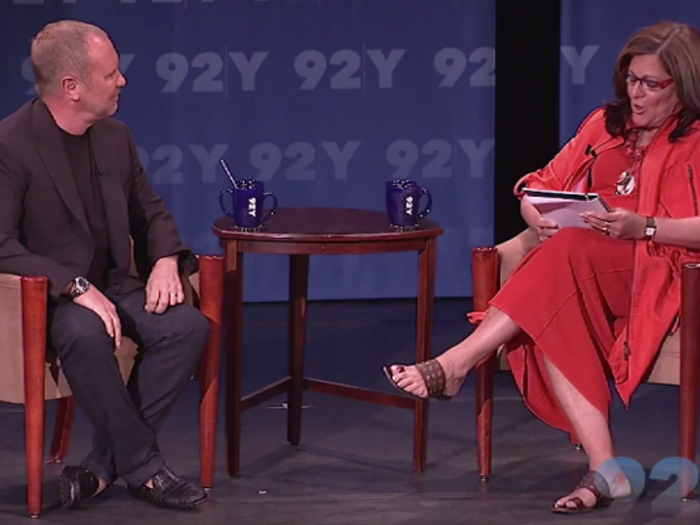
Source: 92Y
Kors also talked about having a mustard and chocolate color scheme for his Bar Mitzvah in the '70s. "Every decade has its good points and its bad points ... the good: Halston. The Bad: mustard and chocolate." He went on: "Down to the invitations, the yarmulkes, the matches, the tablecloths, it was a pretty insane moment."
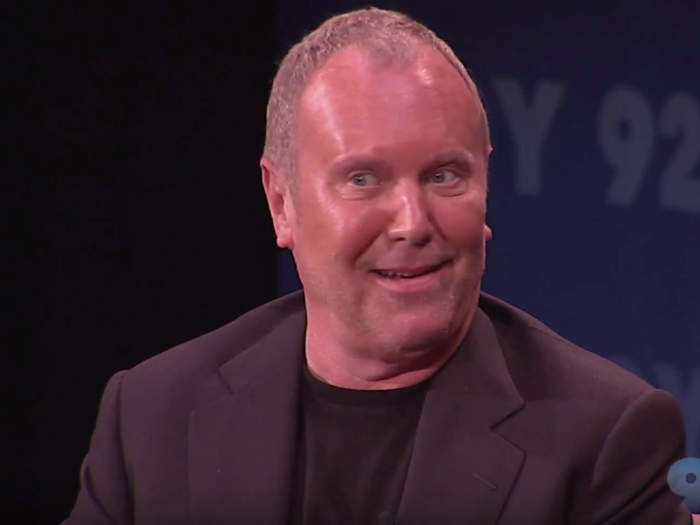
While the '70s were tough for Kors to think about from an aesthetic standpoint, the '90s were tough for him from a business standpoint.
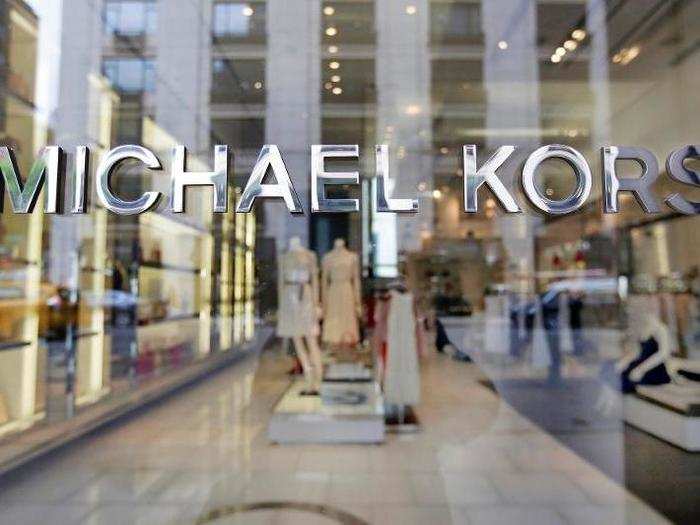
Source: ABC News, Harper's Bazaar, Business of Fashion
He told ABC News that he had high expectations for the '90s, but a financial crisis hit his business hard and it was struggling. "It was a domino effect," he said. "And then the next thing you knew, it was all about nose rings and ugly. I mean, it was a trifecta of a nightmare for me."
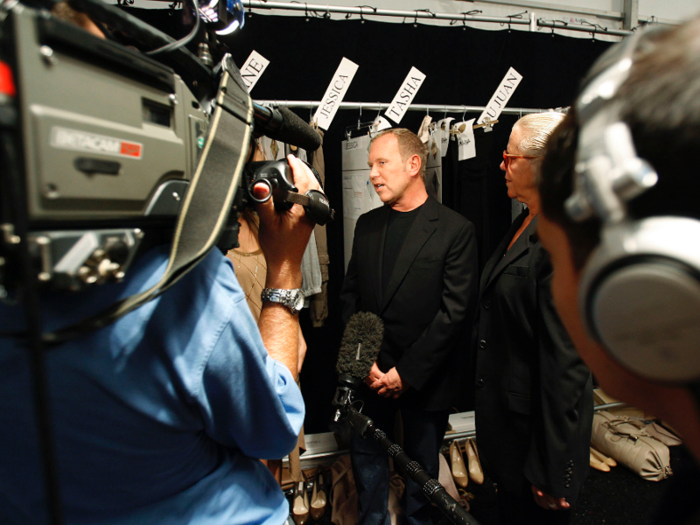
Source: ABC News, Harper's Bazaar
In 1993, Kors's company filed for bankruptcy protection. An Italian company decided to stop selling Kors's lower-priced line, and without that income, there was no other option for the brand, Kors told The New York Times. But rather than give up, he simply reorganized.
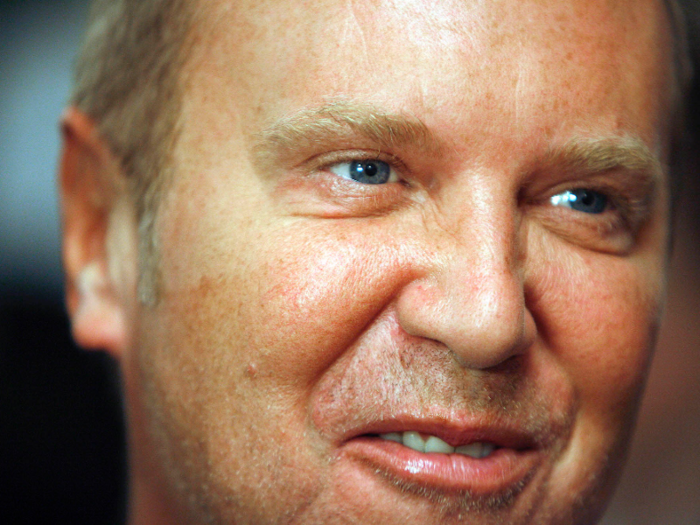
Source: The New York Times, Business of Fashion
In 1997, Kors's company gained an investor: LVMH. With both financial and business support from the luxury group, Michael Kors launched a low-priced line.
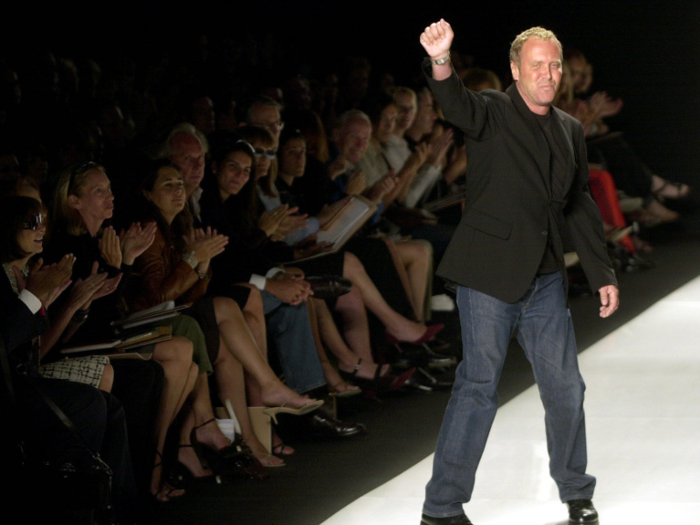
Source: Harper's Bazaar, LVMH
As part of the LVMH family, Kors was tapped in 1997 to design for another group in-brand: Céline. He became increasingly known for his "luxurious sportswear," which he brought with him to the French label.
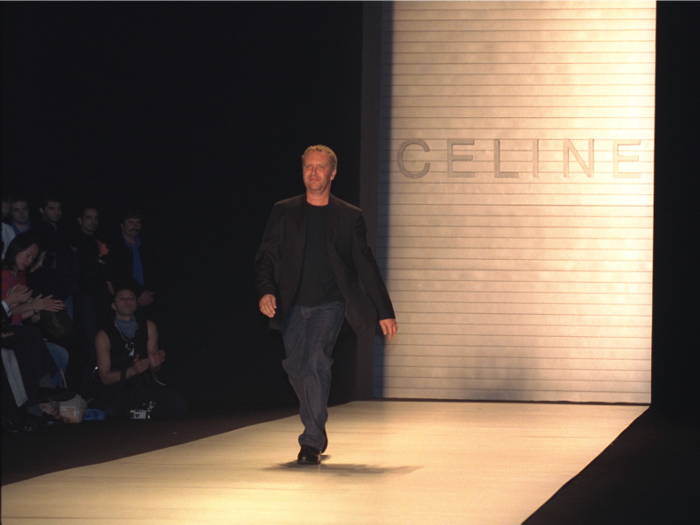
Source: CR Fashion Book
CR Fashion Book pointed out how Kors's spring collections at Céline featured lots of beach-inspired looks.
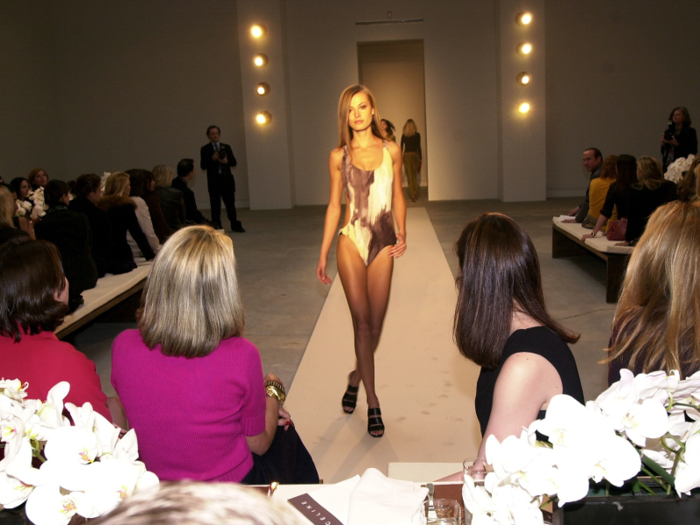
Source: CR Fashion Book, Racked, 92Y
In 1998, he became Céline's creative director and has been credited with totally revamping the brand with his ready-to-wear.
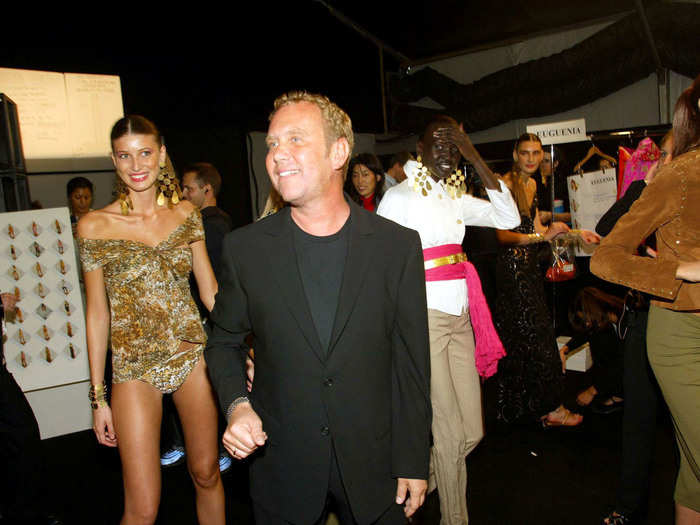
Source: Harper's Bazaar
In 2003, Sportswear Holdings Ltd. bought a majority stake in Kors's company, and he left Céline in 2004 to give his full attention to his namesake brand.
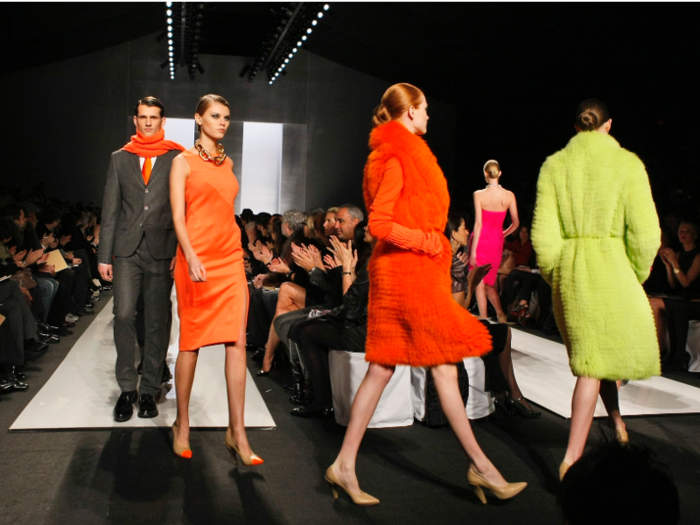
Source: Harper's Bazaar, CR Fashion Book
That year, MICHAEL Michael Kors launched — which ran counter to the price point of his first label and actually continued to sell during the recession.
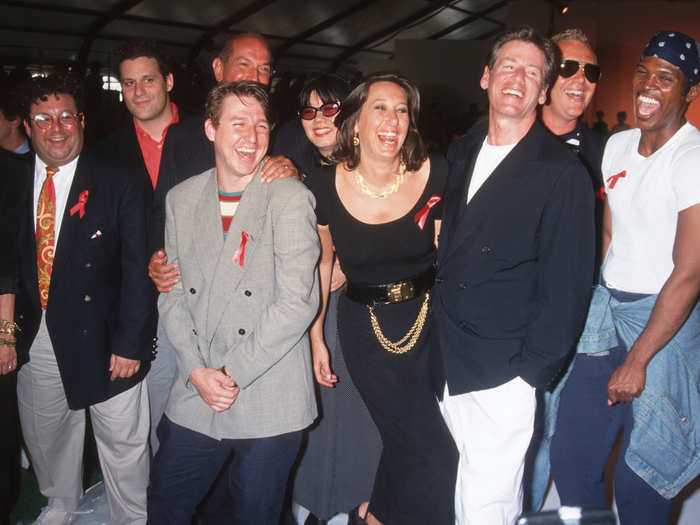
Source: Harper's Bazaar
Also in 2004, Kors made a name for himself in TV when he joined the panel of judges on reality show, "Project Runway."
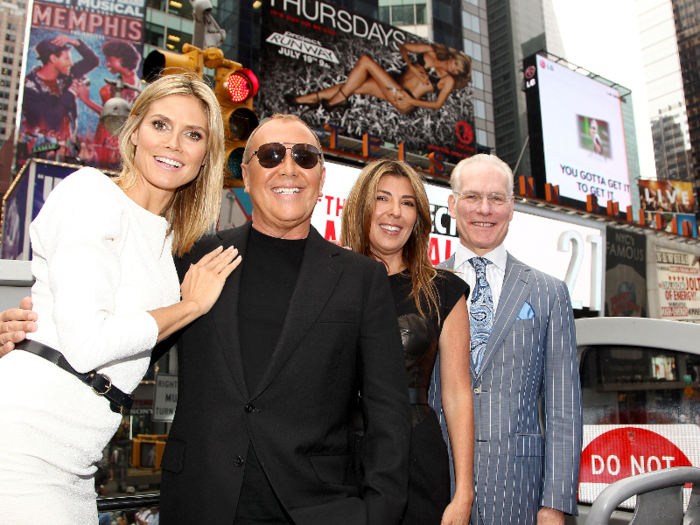
Source: Harper's Bazaar
While he was working on the show, Kors got married. In 2011 the designer married Lance LePere in Southampton, Long Island. The two shared a low-key, double wedding with two of their friends.
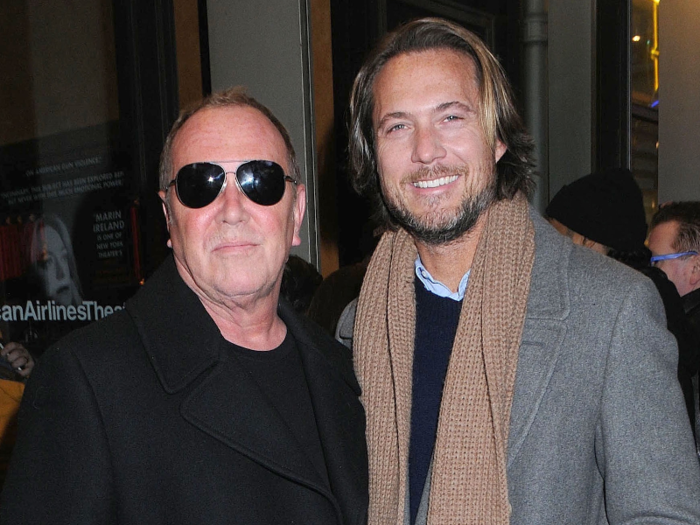
Source: 92Y
Kors told Mallis he was married barefoot in a black T-shirt and white shorts. He said that he and LePere got married on the beach, "jumped in a Jeep, drove to East Hampton, ate pizza at Sam's, and went to go see 'The Help.'"
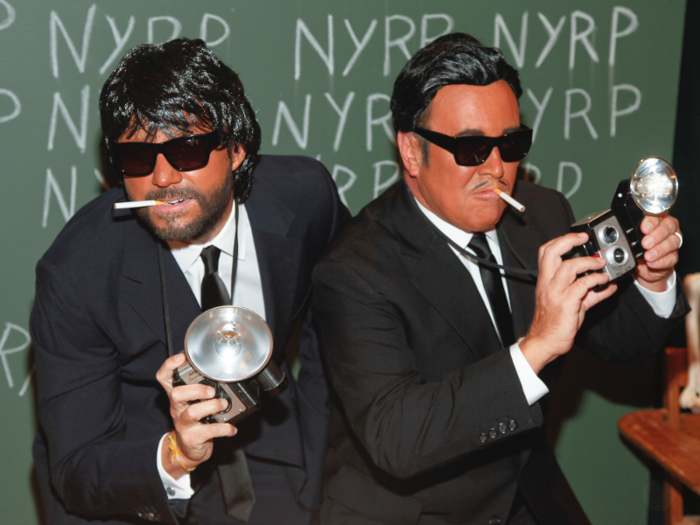
Source: 92Y
Kors was married the same year his company went public. He continued to work as a judge on "Project Runway" until 2012.
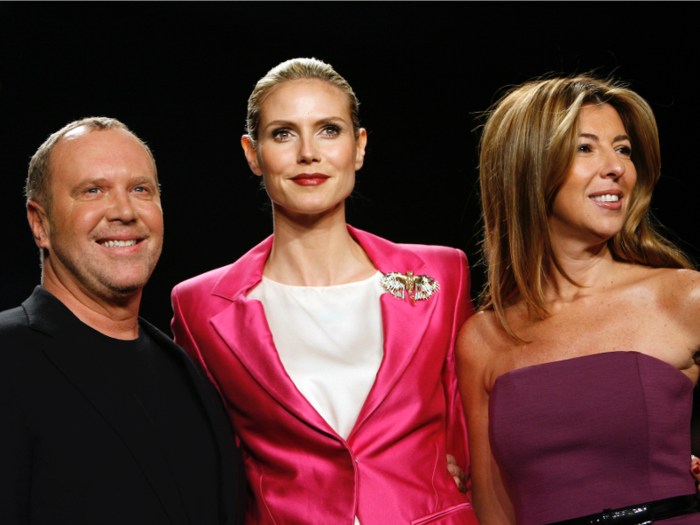
Source: Harper's Bazaar
In 2015, the company was on the rise, generating a reported $4.5 billion in net sales.
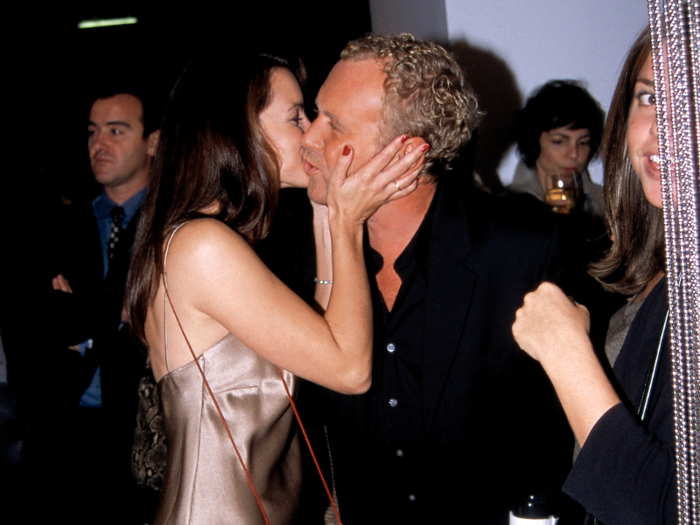
Source: Business of Fashion
Just two years later, in 2017, Michael Kors Holdings announced they would be closing 125 stores. Sales and stock prices were nosediving — but it wasn't an issue unique to Michael Kors, it was happening to more than two-dozen brick-and-mortar retailers across the US.
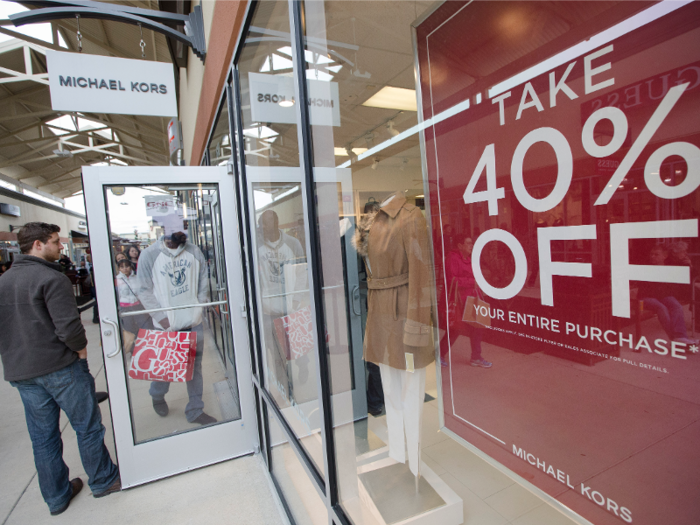
Source: CBS News
But in 2018, the company decided to phase out the major discounts that became synonymous with its name. Business Insider reported that heavy sales were tarnishing the reputation of certain once-luxury brands like Michael Kors and made them less desirable.
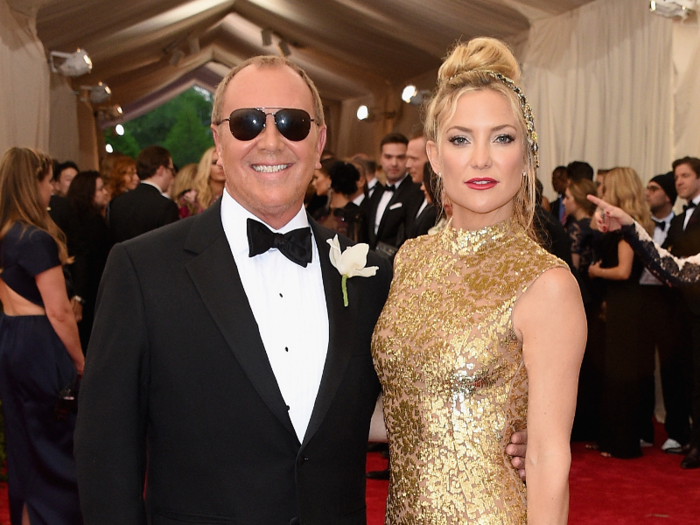
Source: Business Insider
With the $2 billion acquisition of Versace, Capri Holdings is trying to increase its revenue and its reputation as a big player in the luxury fashion space.
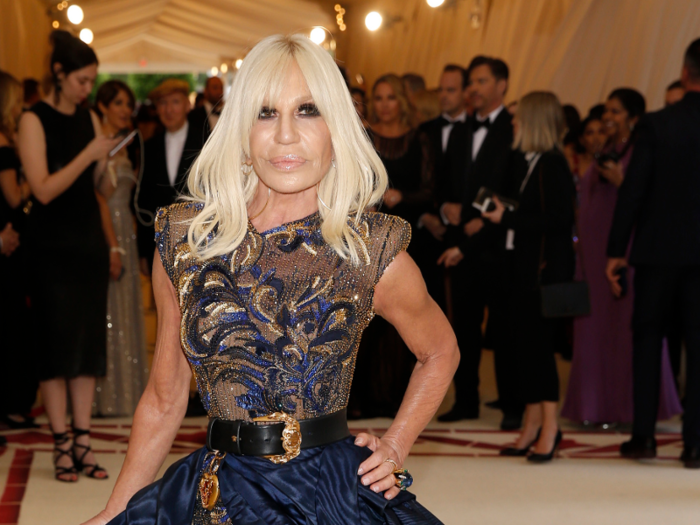
Source: Business Insider
In 2018, he showed off his West Village, Manhattan, apartment during a tour led by Architectural Digest.
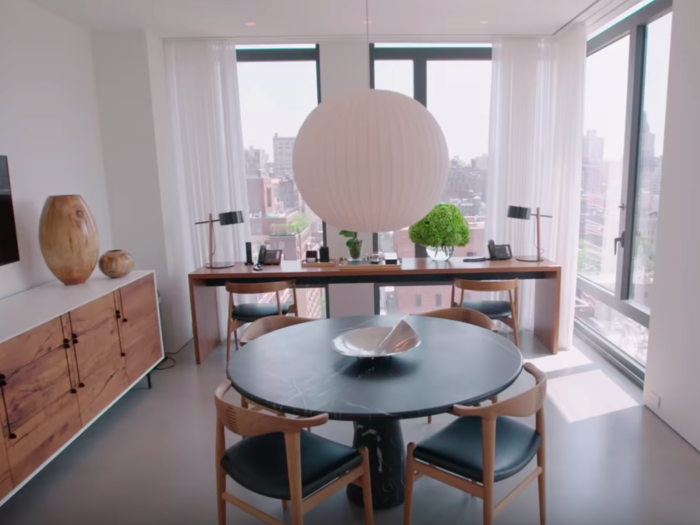
Source: Architectural Digest
He and LePere spend their fortune on art, like this sculpture they bought at a flea market in France ...
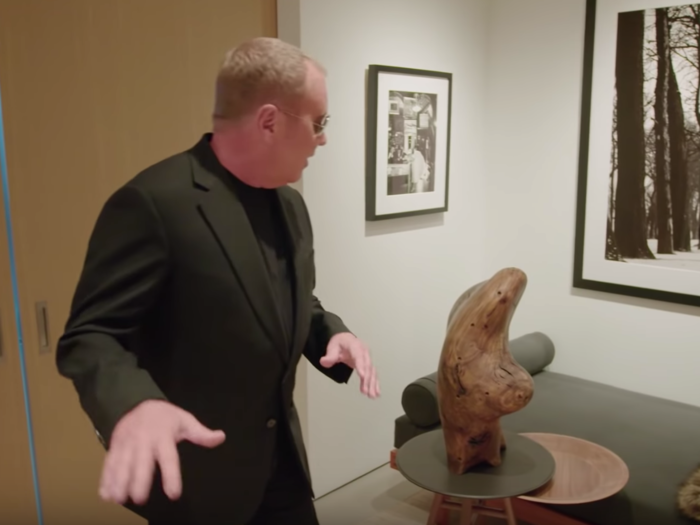
Source: Architectural Digest
... and the many photographs they have hanging on their walls. Kors said he has collected photography for more than thirty years.
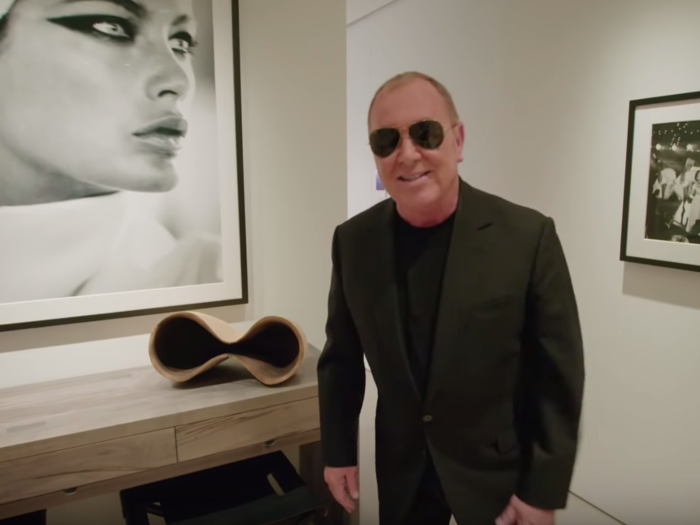
Source: Architectural Digest
The apartment features a sleek, modern kitchen, but Kors says neither he nor LePere cooks. He jokes, "What's my favorite thing to make for dinner? It's reservations."
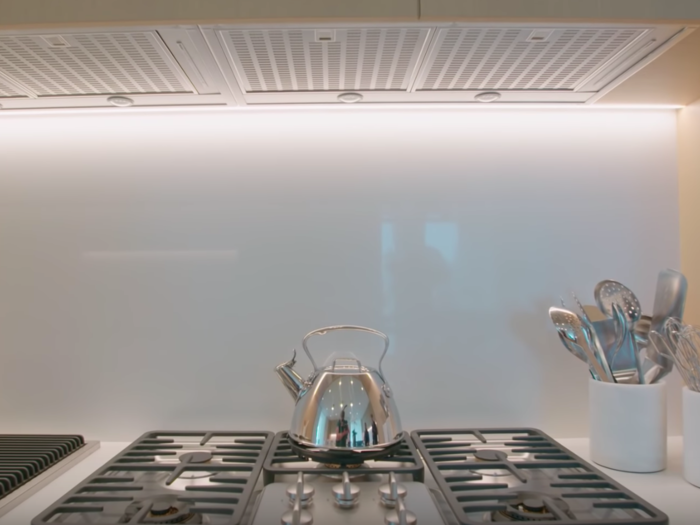
Source: Architectural Digest
In keeping with his famously classic and chic design aesthetic, Kors says he loves having black bowls in his kitchen to fill with brightly colored things like lemons.
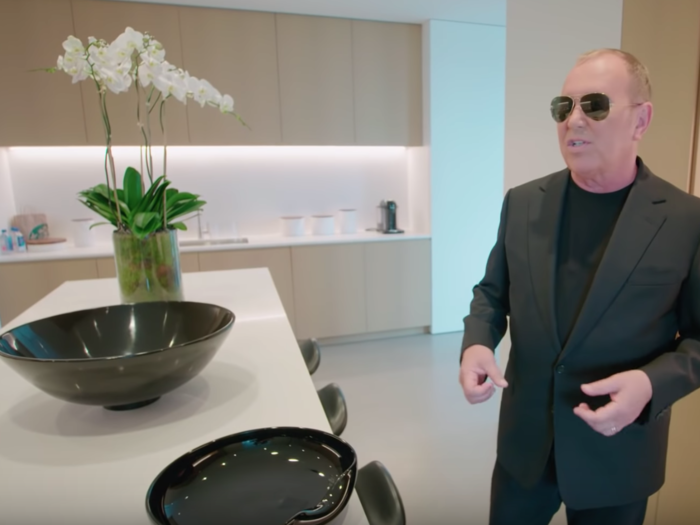
Source: Architectural Digest
... and he's often caught wearing aviator sunglasses. He showed Architectural Digest his drawers and drawers of sunglasses, which he said most people tell him all look the same. "I know the difference," he said. "It makes me happy."
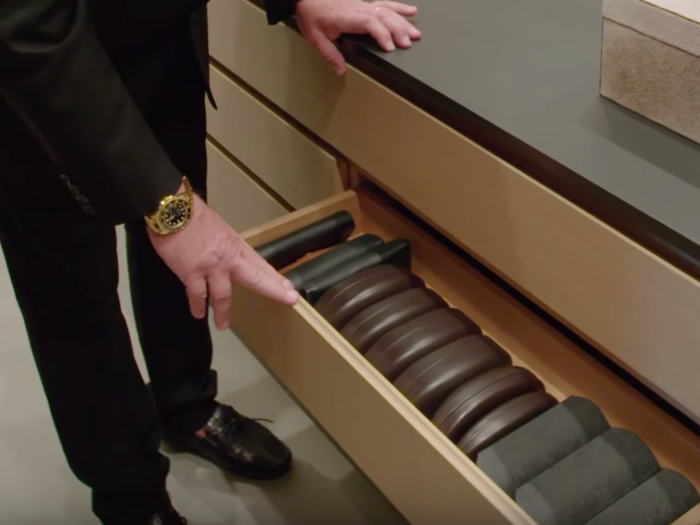
Source: Architectural Digest
The apartment features the ultimate New York City luxury element: outdoor space. Kors says he's got a green thumb but admits he has a lot of help when it comes to his garden.
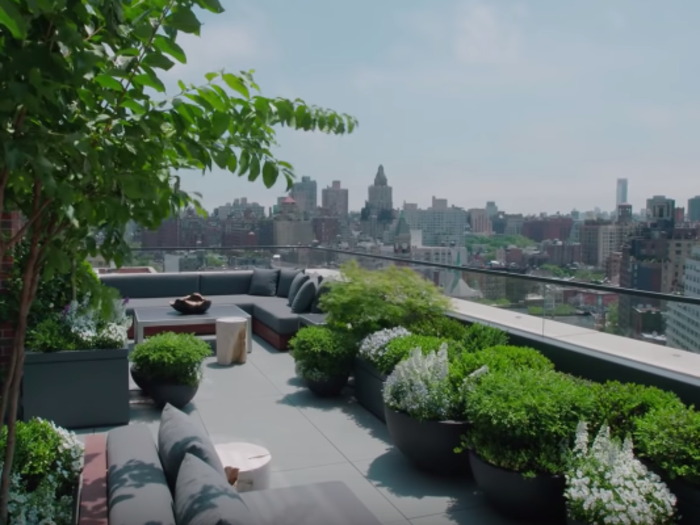
Source: Architectural Digest
Kors keeps his roots close to him in subtle ways. He has a painting hanging in his dining room that nods to his professional growth — "It's a 1981," he said, "the year I started my business."
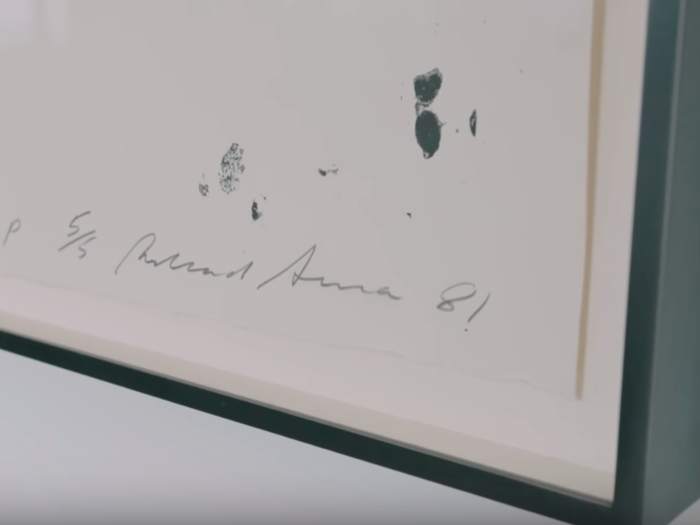
Source: Architectural Digest
Since those early days in the '80s, Kors has been building up friendships with some of the industry's most iconic leaders. And even though it's now decades later, he's got a level-headed mindset when it comes to his industry: Fashion is "the right thing at the right time," he told Vogue.
Source: Harper's Bazaar, Vogue
Popular Right Now
Popular Keywords
Advertisement
